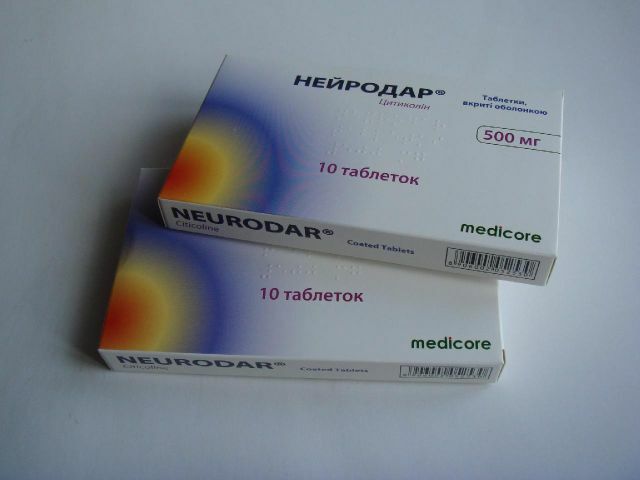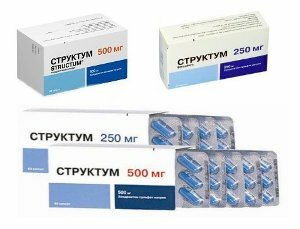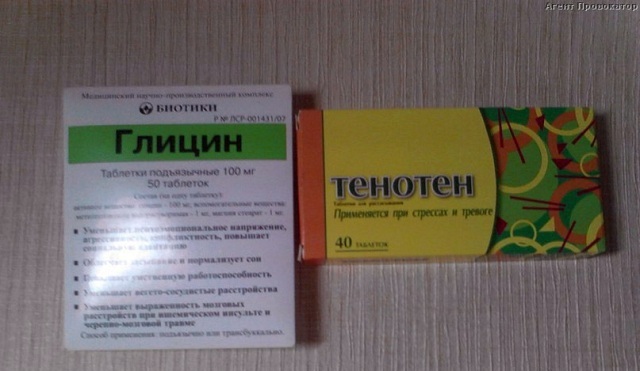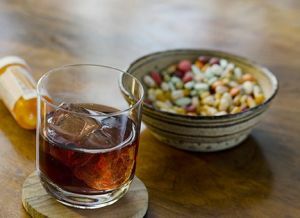 Drug Fenazepam is a powerful anxiolytic drug, and otherwise - a tranquilizer. The active substance in it has a simple name - bromodihydrochlorophenylbenzodiazepine.
Drug Fenazepam is a powerful anxiolytic drug, and otherwise - a tranquilizer. The active substance in it has a simple name - bromodihydrochlorophenylbenzodiazepine.
Thanks to its muscle relaxant and hypnotic action, this medication has become one of the most popular medicines of the 20th century in our country. In combination with the listed properties, the drug also relieves feelings of anxiety and increased excitability.
Many sedative medications, including Phenazepam, are prescribed for long-term treatment, but they do not explain to the patient what the compatibility of this or that drug with alcohol is and what the consequences of such interaction may be.
Phenazepam and alcohol: it is impossible, because. ..
Phenazepam is dispensed in pharmacies solely on the prescription, because exposure to it on the body, under certain circumstances, can be simply unpredictable and very dangerous.
Its use is justified for: insomnia, convulsive syndrome, obsessive phobias, mental disorders, drug and alcohol dependence.
This medication and alcoholic beverages are not allowed to be taken together for the following reasons:
- The effect of the tranquilizer is significantly enhanced with simultaneous intake of alcohol, so side effects begin to appear. The patient appears dizzy, confused and hallucinated. Some people have an obsessive craving for suicide.
- This drug is addictive, but in tandem with alcohol it happens several times faster.
- In each specific case, the tandem of ethyl alcohol and the active substance of the medication gives a different effect: from shortness of breath and tachycardia to coma and cardiac arrest.
The interaction of phenazepam with alcohol causes: 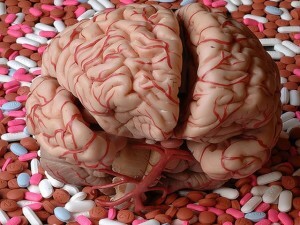
- drowsiness;
- impaired coordination of motion;
- hallucinations;
- a state of euphoria and bliss;
- depression and outbursts of anger;
- migraine;
- confusion, fainting;
- respiratory depression and sweating;
- vomiting and stopping breathing in sleep;
- convulsions;
- coma.
In the blood and urine of the patient, there is a large amount of toxins that can be quickly removed from the body by special therapy. Gastric lavage, as well as the intake of diuretics and laxatives, will remove toxic compounds from the body.
Many people think that phenazepam is just a drug:
Treatment of alcoholism
 Phenazepam is an effective tool in the fight against alcoholism, but the therapy scheme should be thought through by an experienced doctor.
Phenazepam is an effective tool in the fight against alcoholism, but the therapy scheme should be thought through by an experienced doctor.
Each tablet contains 1 mg of active ingredient. For the most serious consequences, it is enough to take 7 or more milligrams of medication with alcohol.
Intoxication of the body is so great that doctors will have to seriously try to return the careless patient to life. Staying in the so-called "drunken sleep" a person can simply choke on his own vomiting( because of the inhibition the patient will not have time to react) or die from stopping breathing.
Phenazepam is a topical and popular drug for alcoholism and drug dependence, but such therapy should be controlled by a narcologist and strictly based on his instructions.
Abstinence syndrome( hangover and getting out of drinking-bout) is a difficult test for dependent people. The described sedative, hypnotic is able to help in this condition, but there are contraindications to its reception:
- myasthenia gravis;
- breathing problems and lung diseases;
- prolonged depression;
- intoxication with hot drinks or other medications;
- intolerance of components.
Acute abstinence syndrome is usually eliminated in a hospital environment, as the patient must be under control and kept in special conditions. The course of treatment usually does not exceed 5 days. Otherwise, the drug will become addictive, and in patients with alcoholism also hallucinations.
The treatment regimen and dosage are strictly individual. The specialist prescribes the drug depending on the sex, age, severity of the disease and the presence of contraindications. Usually the daily dose of phenazepam does not exceed 5 mg.
The rate at the end of the drinking-bout is from 3 to 5 days. This drug can cause a strong addiction in just a few days, so in the development of therapy from alcoholism, drug users do not always give him preference. There are more "light" analogs that are dispensed in pharmacies without a prescription and do not have such a serious list of contraindications.
These include: Phenibut, Melatonin and Fenzitat.
Specific guidance and advice
Phenazepam is contraindicated in pregnancy and lactation. Studies have shown that the drug penetrates the placental barrier and into the mother's milk. The same contraindication is children's age till 16 years.
In exceptional cases, this tranquilizer is prescribed to teenagers, but only when they are in the hospital. Patients with severe 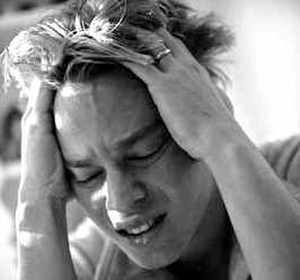 form of alcoholism may experience a "withdrawal syndrome" after the course of therapy is completed.
form of alcoholism may experience a "withdrawal syndrome" after the course of therapy is completed.
This condition is expressed by insomnia, increased excitability and even aggression, but usually doctors anticipate this syndrome and prescribe another sedative medication. The withdrawal usually takes 7-14 days.
The active substance of the drug affects the brain centers responsible for the reaction rate. The oppressed nervous system does not allow the patient to fully engage in household chores, much less drive a car. Manage any mechanism under strict prohibition.
Even if you managed to buy the drug without a prescription, you should not self-medicate and hope that the way out of a long drinking-bout will be quick and inconspicuous. Admission of such a serious drug should be controlled by a doctor, so that the patient does not develop serious and, often, deadly side effects.

